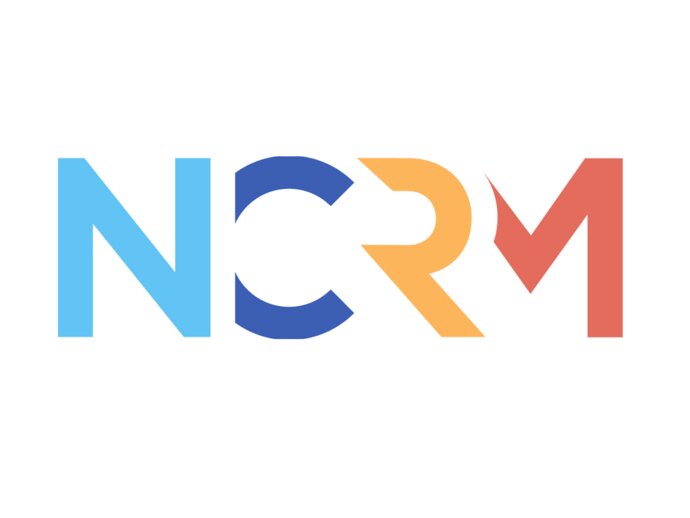
This provides vital guidance for successful clinical deployment.Applications are now open for the QSR Early Career Research Grant - $25,000 USD. Expressed feature and function preferences showed dependence on communication accuracy, rate, and effectiveness. IPP teams provided critical impressions on design, services, and features for a commercial AAC-BCI device. A data-logging feature was considered beneficial by 100% of participants. Results showed that participants' preference on headgear types would change based on accuracy (91%) and rate (83%) of performance. Participants felt that the AAC-BCI prototype appeared effective for meeting daily communication needs (75%). An AAC device with BCI access was unanimously confirmed (100%) as a desirable commercial product. Triangulation of multiple data sources supported theme and subtheme identification that included design features, set-up and calibration, services, and effectiveness. Interrater and interjudge reliability were at 98% and 100%, respectively, for transcription and researcher coding. Interventionsĭescriptive statistics using thematic analysis of participants' opinions, input, and feedback on the ideal design for a noninvasive, EEG-based P300 AAC-BCI device. ParticipantsĬonvenience sample of practitioners providing rehabilitation or clinical services to individuals with severe communication disorders and movement impairments who use AAC and/or other assistive technology. The prototype hardware and electroencephalography (EEG) gel and dry electrode headgear were on display.

Discussion was stimulated by a 14-minute video on an AAC-BCI device prototype. Settingįocus groups held at university, clinic, and industry conference rooms.

Qualitative research methodology applying a grounded theory approach using focus groups with a follow-up survey of participants using NVivo analysis software supporting inductive coding of transcription data. To identify, in the early stages of research and development, the perceptions and considerations of interprofessional practice (IPP) team members regarding features and functions for an AAC-BCI device.

Brain-computer interface (BCI) technology is an emerging access method to augmentative and alternative communication (AAC) devices.


 0 kommentar(er)
0 kommentar(er)
